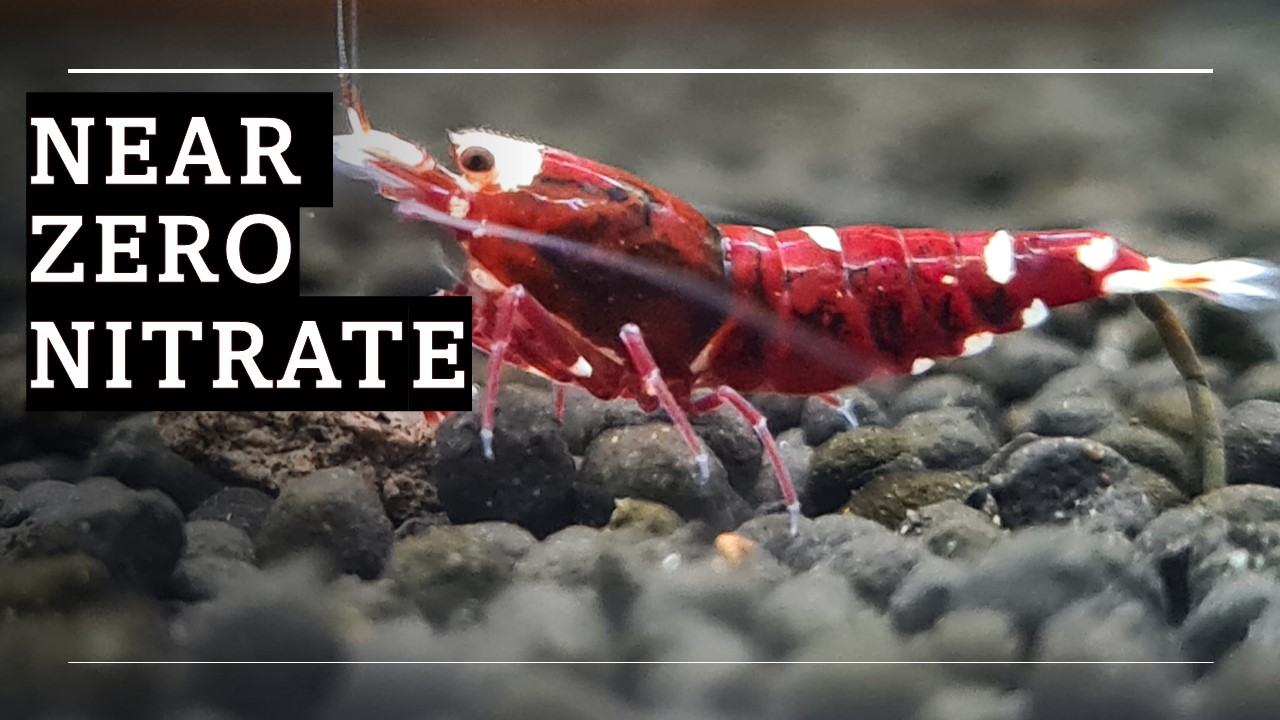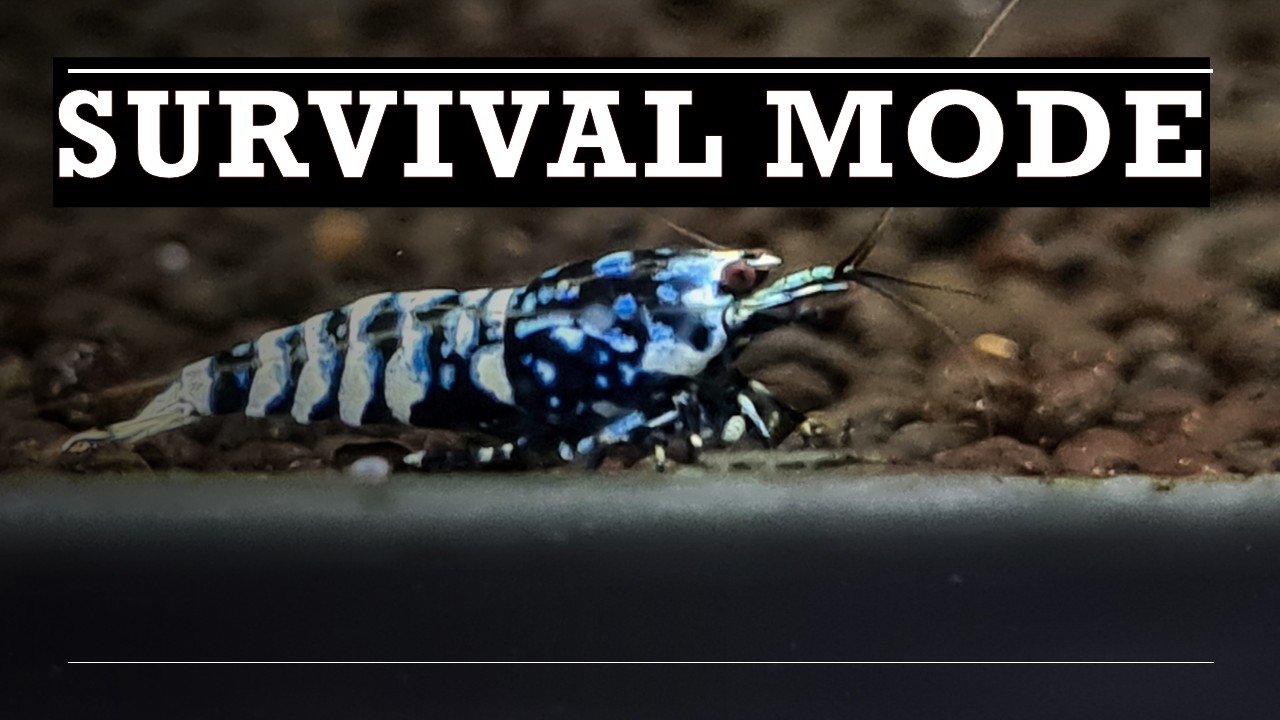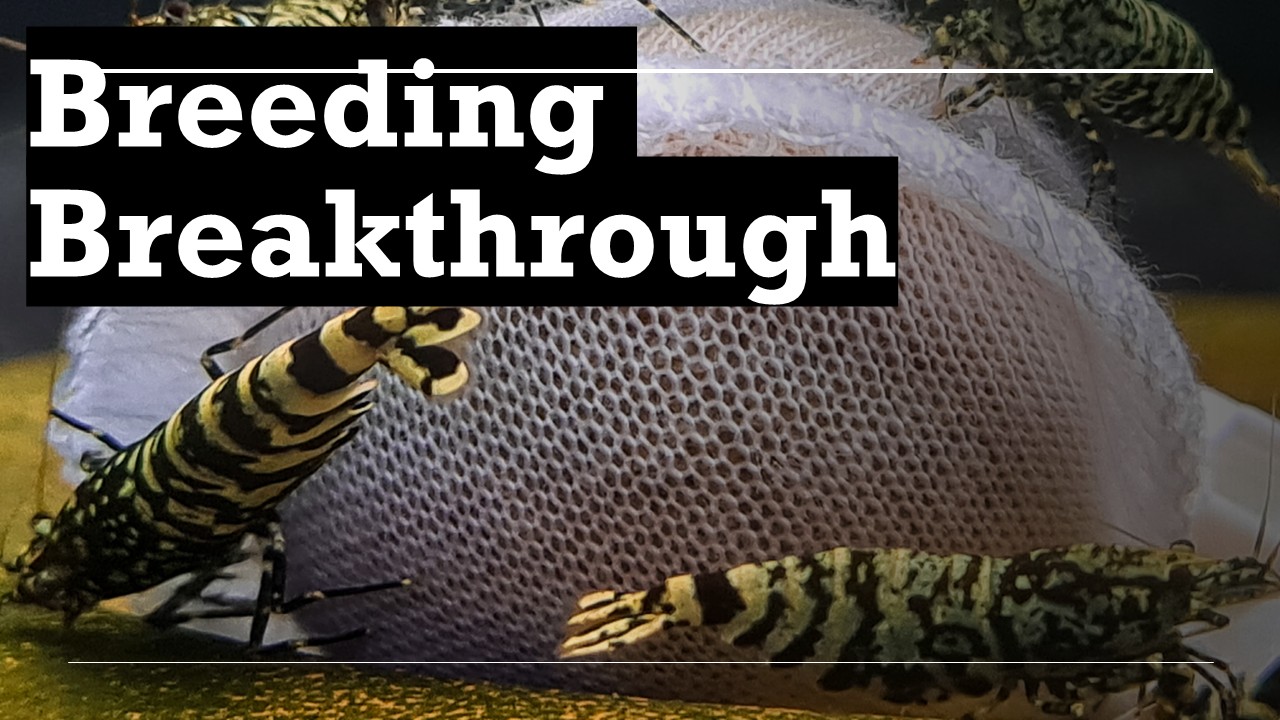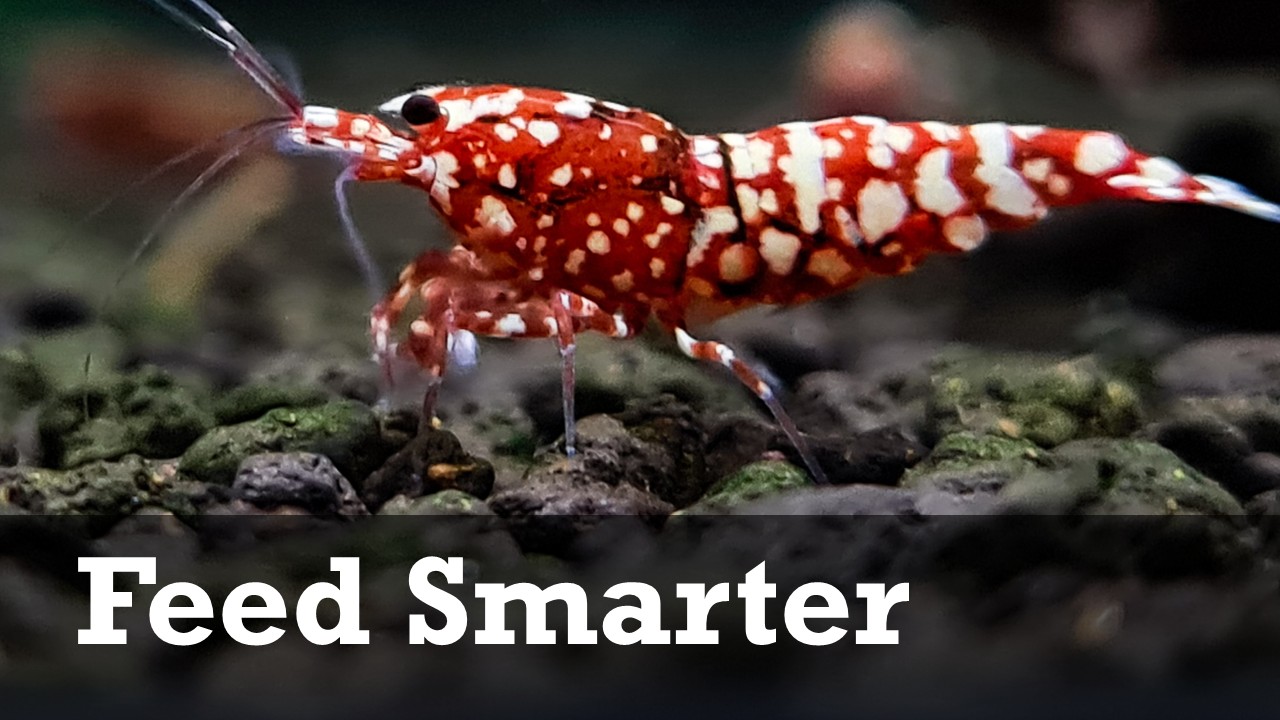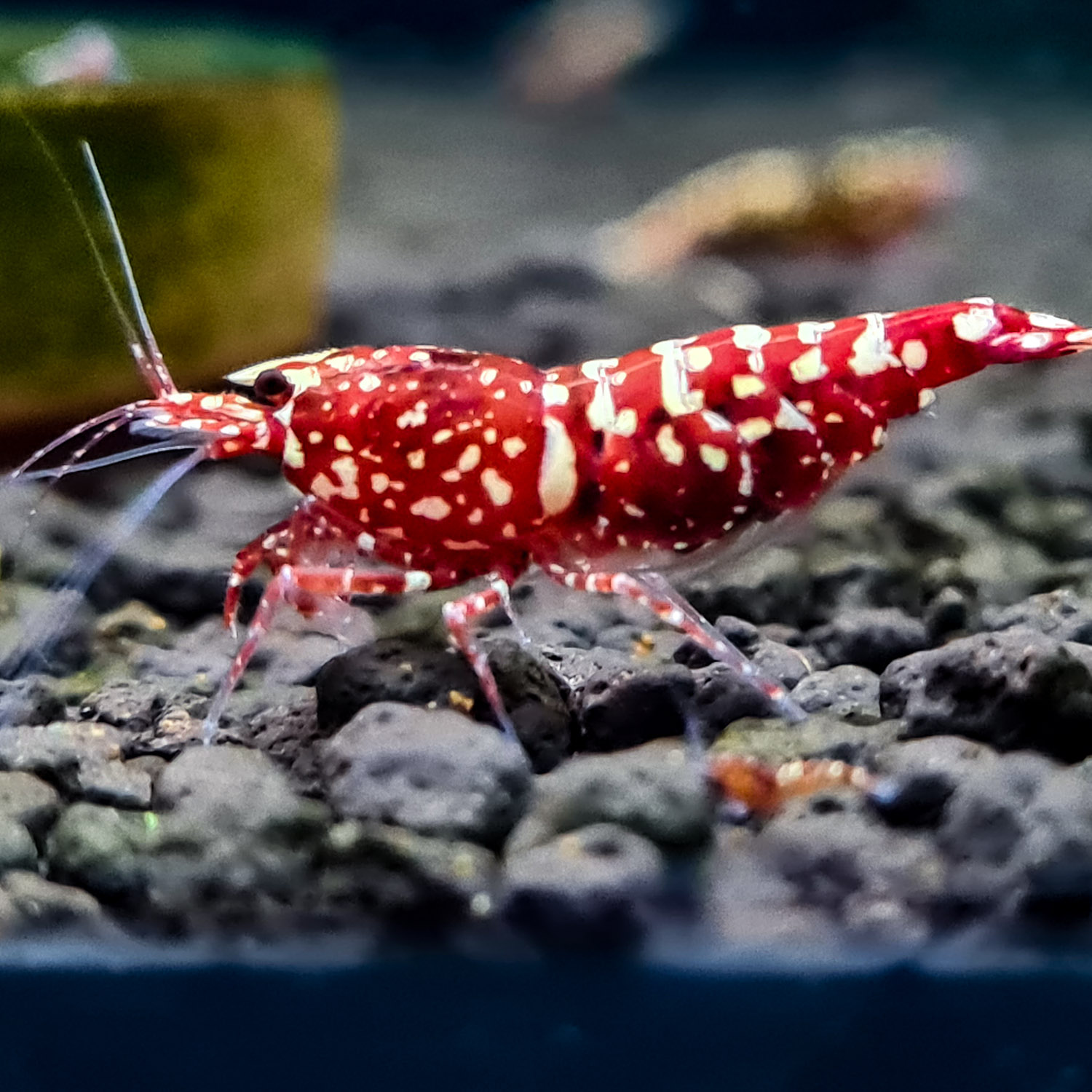
Intro
Today, we’re tackling a topic that’s often misunderstood: near-zero nitrate levels in shrimp tanks. Before we start, I’ll like to give a special shout out to Shrimp Envy! They specialize in naturally-made shrimp food and offer a range of other essential shrimp care items. Be sure to visit them for all your shrimp-keeping needs! And of cause if you are looking for shrimp sanctuary products, they have you covered as well.
alright Near zero nitrate, While it might sound like the perfect goal, it can actually backfire in ways that many hobbyists don’t anticipate. In this video, I’ll explain why aiming for ultra-low nitrate isn’t always ideal, share practical advice for maintaining your tanks, and dive into the broader responsibilities we take on as shrimp keepers.
Understanding Nitrates in Nature vs. Aquariums: In a pristine river far from human interference, nitrate levels typically range from 0.1 mg/L to 3 mg/L (or up to 3 ppm). That’s extremely low. However, replicating this environment in an aquarium is far more complex. Unlike nature, where countless processes keep ecosystems in balance, our tanks are closed systems. Filters act as the “kidneys” in our body, converting waste into less harmful compounds like nitrate. But should we aim for near-zero nitrate in these environments?
The Risks of Near-Zero Nitrate Levels: The short answer: No, near-zero nitrate isn’t always ideal. Here’s why:
- Challenges in Closed Systems: Unlike rivers, aquariums are confined environments. Even in heavily planted tanks where plants absorb nitrate effectively, the overall system remains limited. A balance—rather than extremes—is key.
- Beneficial Bacteria Imbalance: Achieving near-zero nitrate often means there’s insufficient beneficial bacteria to process additional bioload or waste. This can lead to instability, especially when adding new shrimp or fish, as the tank’s filtration system may not handle the increased demand effectively. As shrimp consistently breeds to having more and more, nitrates will increase quickly over the week when we feed. But we do not change water every day to counteract with the increase in nitrate.
- Misleading Indicators in New Tanks: In a new shrimp tank, near-zero nitrate can create a false sense of security. It might seem like the tank is ready, but low nitrate levels don’t necessarily indicate a fully cycled system. This can be disastrous for shrimp colonies.
The Practical Approach: For most shrimp tanks, maintaining nitrate levels between 10-20 ppm is a safe and effective target. Here’s why:
- Stability: Moderate nitrate levels indicate a healthy nitrogen cycle, where ammonia is consistently converted into nitrite and then nitrate.
- Flexibility: This range allows for slight fluctuations without causing harm to shrimp or plants.
- Realism: It reflects practical conditions that hobbyists can maintain long-term without obsessing over ultra-low readings.
Real-World Example: Imagine a 10-gallon tank with 10 shrimp versus the same tank with 100 shrimp. The bioload in the tank with 100 shrimp is exponentially higher, making it harder to maintain ultra-low nitrate levels. Instead of chasing near-zero nitrate, focus on regular water changes and proper filtration to keep levels manageable. The amount of food fed to shrimps for 10 and 100 shrimps is also very different.
Scientific Insights: A study involving Danio fish revealed that fish being kept without doing water changes, led to a 4x increase in stress hormone release. This stark finding unveils the silent suffering that aquatic life endures when deprived of basic care. While nitrate levels might appear satisfactory on test kits, they mask deeper, more insidious issues.
Stress in aquatic animals often remains invisible, but its effects—such as diminished activity, reduced feeding, muted coloration, and stunted growth—are profound and heartbreaking. Over time, this unaddressed stress erodes their vitality and resilience, leaving them vulnerable to illness and poor quality of life.
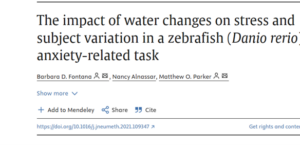

It’s like asking, “Will I die if I don’t shower?” While it may not be fatal, you still choose to do it because it contributes to your overall well-being. Similarly, we must look beyond bare survival and embrace practices that enrich and elevate our experiences.
Imagine living in a space where the air seems clean but is laced with invisible toxins slowly wearing you down. This is the unspoken reality your shrimp endure when water changes are neglected.
![]()
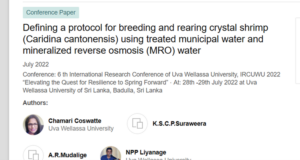
As shrimp keepers, we hold the power to either ease their existence or perpetuate this silent suffering. By overlooking regular maintenance, we inadvertently choose the latter—a sobering truth that demands reflection. Every decision to skip a water change is a choice, and it carries consequences. Is convenience worth the cost of their well-being? Are we truly honoring the responsibility we undertook when we decided to care for these shrimps and fishes? Let us not forget that these lives depend on us, not just for survival, but for the thriving conditions they deserve. Responsibility goes beyond the visible; it is about empathy, consistency, and the commitment to provide a life worth living for the beings entrusted to our care.
Why Water Changes Are Essential: Water changes aren’t just about reducing nitrate; they’re about refreshing the entire system. Shrimp thrive in vibrant, well-maintained environments. Here’s why consistent water changes matter:
- Mineral Balance: Studies show that shrimp bred in mineralized RO water have higher offspring survival rates compared to those in municipal water. This highlights the importance of replenishing vital elements through water changes and good water changes has to be upkeep over a period of time.
- Invisible Parameters: While nitrate, pH, and other measurable parameters provide guidance, many factors impacting shrimp health can’t be tested easily. Regular water changes help address these unknowns.
A Balanced Perspective: Shrimp are resilient and can tolerate a range of water conditions, but extremes—whether high nitrate levels above 40 ppm or near-zero nitrate—can lead to suboptimal health. High nitrate may cause lethargy, reduced feeding, and low activity. On the other hand, ultra-low nitrate can mask deeper issues in the tank. For example, your shrimp might appear active, but the lack of nutrients can stunt growth, impact molting, and reduce breeding success over time.
Responsibility as Shrimp Keepers: When we choose to keep shrimp or fishes, we take on the profound responsibility of ensuring their well-being and fostering a healthy ecosystem within their tank. It’s not just about keeping water crystal clear or achieving perfect test kit numbers; it’s about truly understanding the needs of the life we’ve committed to care for. Regular water changes are more than just a routine chore—they are a demonstration of our dedication and compassion. Each water change symbolizes a renewal, a chance to refresh their environment and support their growth. Ask yourself: Are you doing everything you can to provide the best possible life for your shrimp? Are you looking beyond the surface to create a thriving habitat that honors their natural beauty and resilience? This isn’t just about maintaining a tank; it’s about taking pride in the lives under your care and finding joy in seeing them flourish.
Conclusion: As shrimp keepers, it’s our responsibility to provide the best conditions for our aquatic pets. Chasing near-zero nitrate may offer a false sense of achievement but often comes at the expense of tank stability and shrimp health. Instead, focus on balance: maintain nitrate between 10-20 ppm, perform regular water changes, and pay attention to the overall well-being of your shrimp.
Remember, keeping shrimp isn’t just about pristine water—it’s about fostering a thriving, healthy ecosystem. Let’s continue creating the best environments for our shrimp together. If this resonated with you, don’t forget to like, share, and subscribe. Together, we can keep pushing the boundaries of this amazing hobby. And Peace out!
